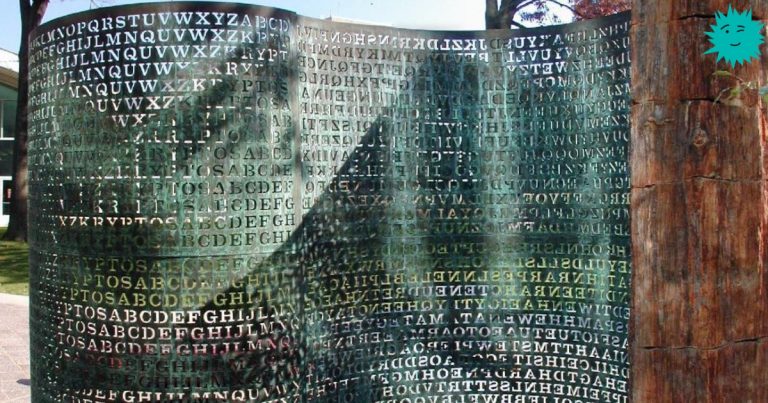Modern Magic for Schoolchildren Part 1
We live in the era of magic, only magic is born not in hands and magic wands, but in minds and physical phenomena. Therefore – why not consider natural sciences not as routine formulas and systems, but as real magic and sorcery.
After all, this is how it really is, and how else can you characterize the ability to control certain processes remotely? Now, for us, this is all natural and commonplace, but for people living 100 years ago and earlier, such opportunities that modern technology provides us with are fantasy and magic.
Many science fiction works play out this situation when people from the past get into modern times and are amazed. Yes, the same Don Quixote, fighting windmills, is not an example of a person discouraged by technology.
But let's get back to our time and the topic of modern magic. Let's look at a simple example and teach an ordinary light bulb to turn on using our pocket smartphone. For this, we will need a simple controller, an intermediate relay, a light bulb, a coil of wire with a plug for connecting to the network).

Our smartphone with a pre-written program for controlling our circuit will act as a magic wand. And our regular home socket – we will consider it – a portal that connects us to a powerful magical source of great wizards)))
Remember Professor Dumbledore had a memory pool at Hogwarts, where he kept his memories. So let's consider that the rosette is a spring from a pool (or lake) of magical energy, which can revive various objects, giving them its energy. And we can give these objects a little intelligence for functioning.
It turns out that the difference between book magic and real magic lies only in the preliminary preparation thereof. Wizards in stories perform magic on the fly in the “narrow sense”, while real wizards can perform magic in the “broad sense”, preparing and thinking through the result in advance. That is, as if “stretching out the magic in time”.
So, let's get back to our magic:)) Our light bulb will be connected via a relay to the socket, and the relay itself will close/open the circuit from the controller output by pressing a virtual button on the smartphone screen. Everything is very simple)
If we want to control the circuit from a smartphone via Wi-Fi, then we will need a controller with the appropriate functionality (i.e. a Wi-Fi module).
In the firmware of the controller, everything is also very simple – upon receiving a signal from the smartphone, the discrete output should be turned on/off, to which the relay is connected, opening the light bulb circuit.
In the smartphone program we must place the on/off button for the light bulb and accordingly send the required signal to the controller.
Let's look at the required tools – as a controller, you can choose one of the currently popular Arduino, a single-phase solid-state relay with 5 V control (since the discrete outputs of our Arduino can produce signals of such amplitude) – for example, Fotek SSR-40DA, a regular LED bulb or even a lamp that can be plugged into a socket.
We connect the output of our relay to the gap of one of the wires, and connect its input to one of the discrete outputs of the Arduino. Now our circuit is ready to work, but it can only be revived with a small program consisting of two parts. The first will be “sewn” into the controller itself and wait for a signal from the smartphone, the second will be in the smartphone itself to interact with the wizard:)
Let's look at the specified magical programs in the next part of the story…





